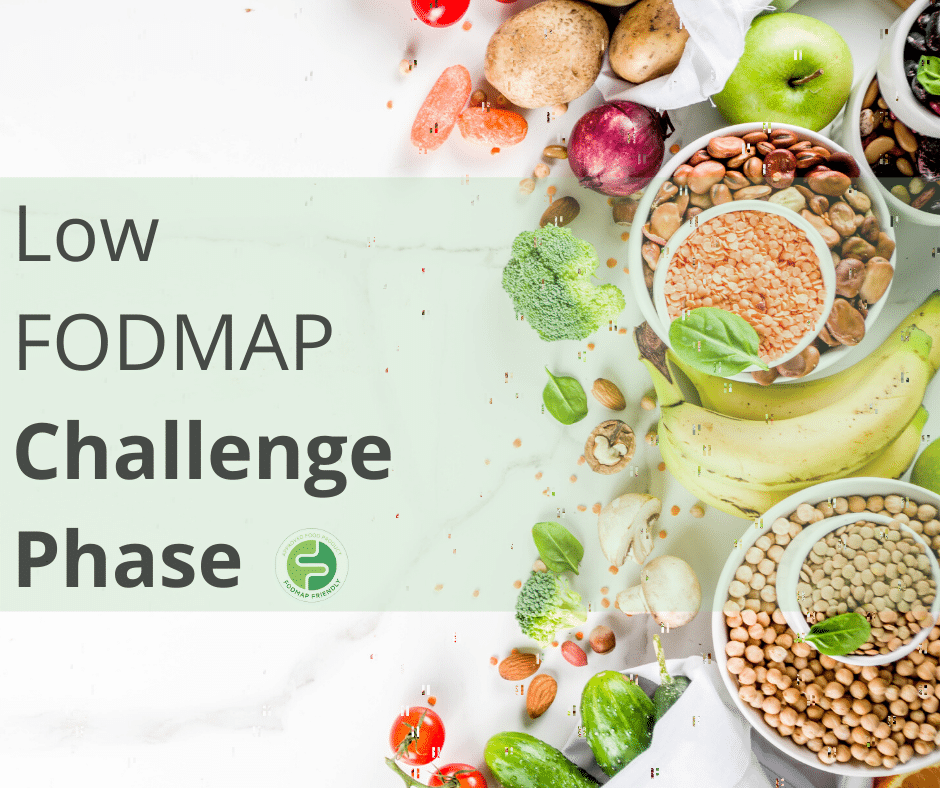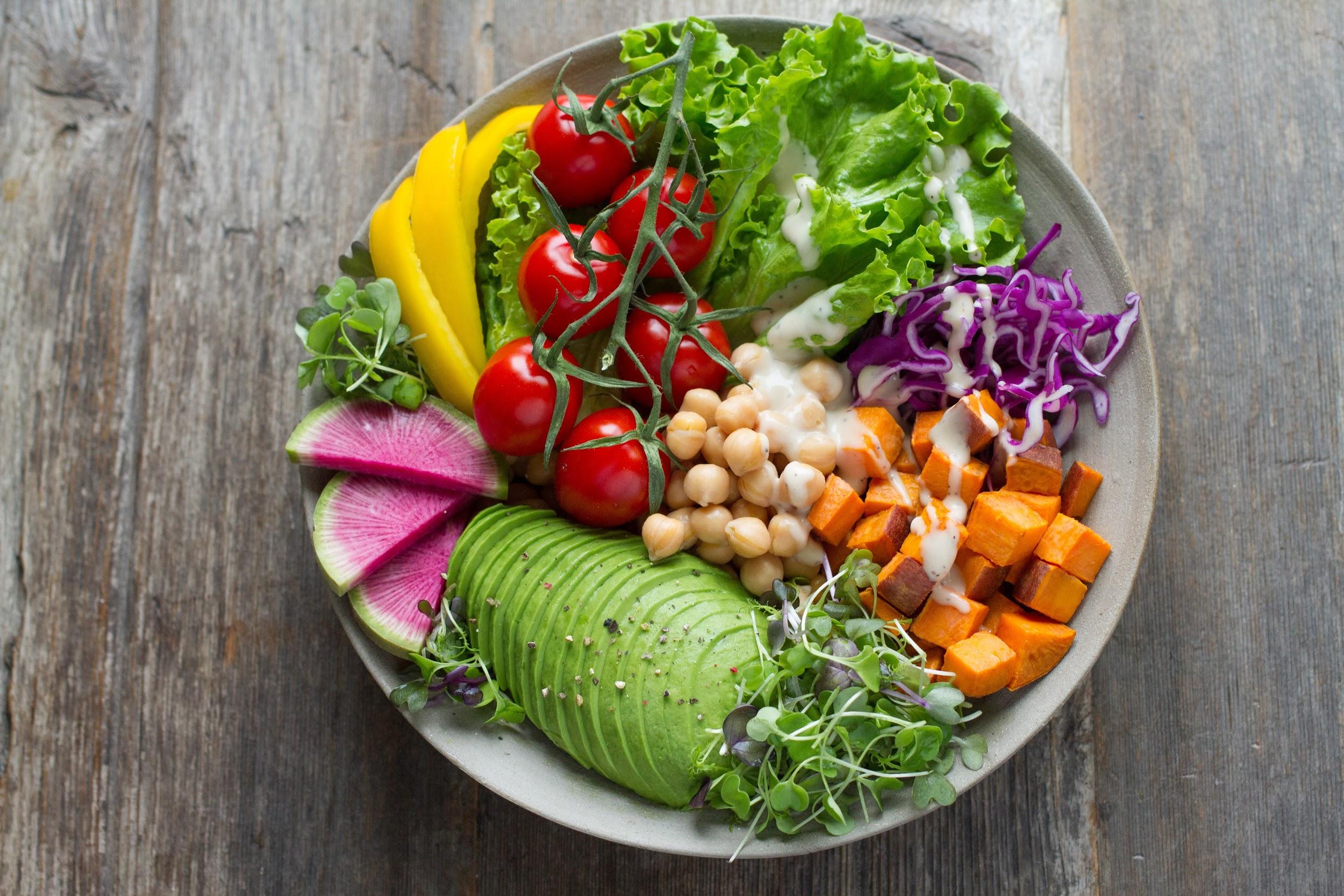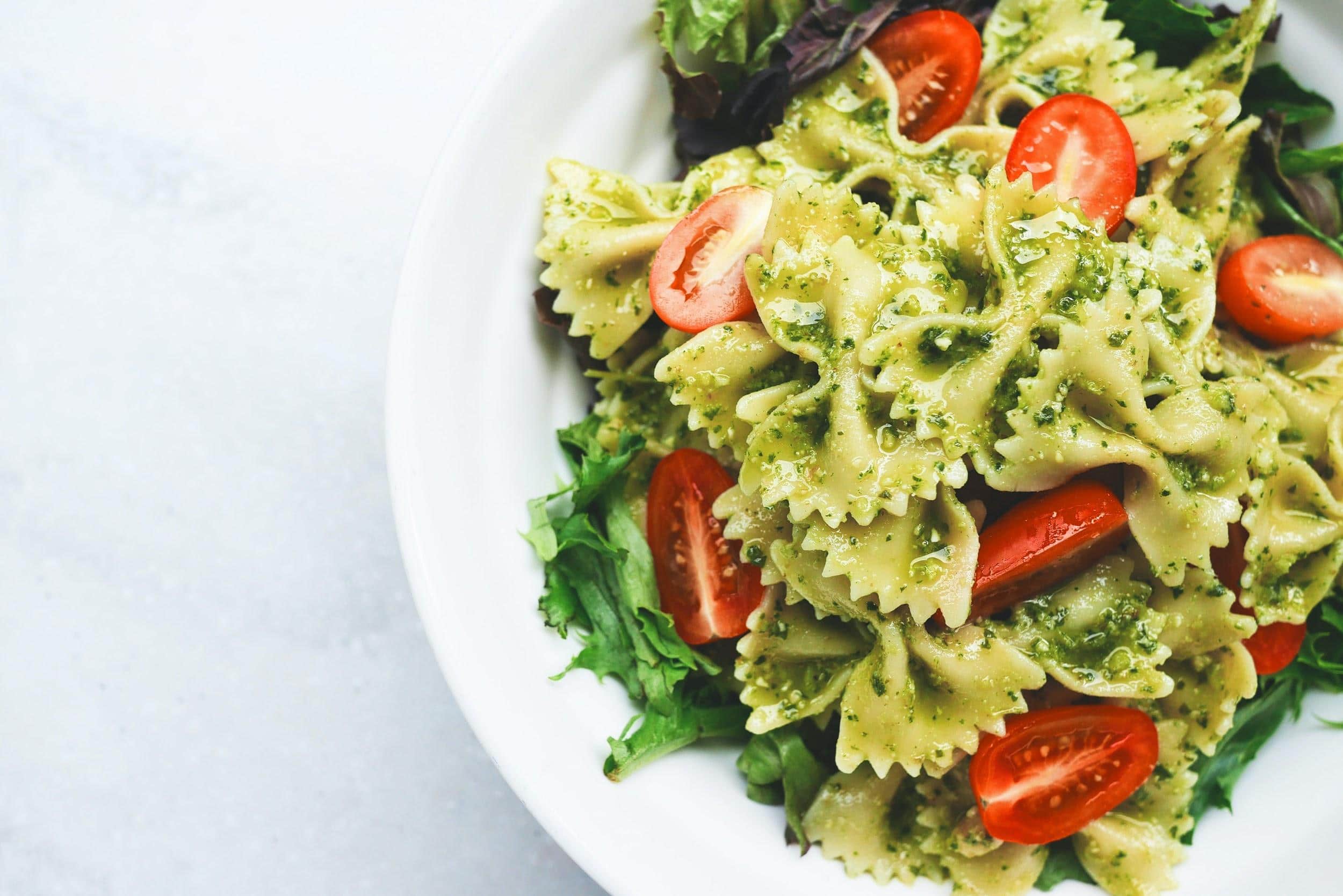Low FODMAP Challenge Phase | FODMAP Friendly
Posted on August 05, 2020

To refresh your memory, FODMAPS are short-chain carbohydrates found in a range of foods. They’re poorly absorbed in the small intestine, leading to fermentation in the colon (the large bowel). In people with Irritable Bowel Syndrome (IBS) this can result in a buildup of gas, painful cramping, bloating, diarrhoea and / or constipation. Research has shown that the low FODMAP diet can improve symptoms of IBS in up to 76% of IBS sufferers. It’s worth noting however, that it may not work for everyone. Due to the somewhat restrictive and complex nature of the low FODMAP diet, it’s highly recommended to seek the guidance of a FODMAP-trained Dietitian before commencing.

The low FODMAP diet has 3 phases. Phase 1 of the low FODMAP diet is the Elimination phase. This phase involves reducing high FODMAP foods for a period of 2-6 weeks. The length of time required depends on the severity of IBS symptoms (i.e. how long it takes for symptoms to settle). Phase 2 is the Challenge phase (sometimes known as the reintroduction phase), which calls for challenging one FODMAP subgroup at a time, while keeping track of any IBS symptoms that occur. Last, but definitely not least is phase 3: the Maintenance phase. This phase focuses on the road ahead; keeping to a more relaxed and individualised low FODMAP diet. Foods containing FODMAP subgroups that are moderately to well-tolerated can be slowly reintroduced into the diet. Balancing the restriction of poorly-tolerated foods and the reintroduction of well-tolerated ones with individual nutritional needs and food desires is key here.

During the Challenge/Reintroduction phase a low FODMAP diet is still followed, but with a tweak; the very purposeful addition of certain high FODMAP foods. The aim of this phase is to establish individual tolerance levels to each FODMAP subgroup, so a wider variety of well-tolerated foods can be included in the diet moving forward. More often than not, patients discover that not all FODMAP subgroups will trigger their IBS symptoms.
Moving onto the Challenge/Reintroduction phase is incredibly important as the Elimination phase can be restrictive, often leading to nutrient deficiencies (e.g. iron and calcium) and social isolation. Also, some FODMAP-containing foods contain dietary prebiotics, and limiting these for too long can have negative effects on the gut microbiome. Below is a table containing each FODMAP subgroup to test for and examples of a food high in that FODMAP subgroup.
Examples of Test Foods for the Challenge Phase for each FODMAP Subgroup:
| FODMAP subgroup | Test Food* |
| Fructose | Honey or Mango |
| Fructans (wheat) | Wheat-based bread or Wheat pasta |
| Fructans (fruit) | Raisin or Grapefruit |
| Fructans (onion) | Onion |
| Fructans (garlic) | Garlic |
| Lactose | Cow’s milk or Ricotta |
| Galactooligosaccharides | Chickpeas or Almonds |
| Polyols (sorbitol) | Yellow nectarine or Sugar-free mints |
| Polyols (mannitol) | Portobello mushroom or Sauerkraut |
| Fructose & Sorbitol | Apple or Pear |
Please note, that there are many more different foods that can be used for each FODMAP subgroup. The best test food to use for your challenges will vary from person to person depending on which types of food are accessible to you, in season or readily available (if it is a shelf-stable test food) and your individual dietary preferences. Your dietitians’ role is to determine the best challenge test food you individually. Your dietitian will also be able to provide the specific test dose amounts for each test food. It is important to ensure the doses contain enough of the FODMAP subgroup being tested to accurately interpret the results and translate them into practical real-life recommendations for the maintenance phase.
Each challenge starts with a moderate dose of the test food and gradually increases to a high dose and then very high dose, to understand your tolerance with different amounts of the FODMAP subgroup being tested. See an example below for testing fructans in wheat:
| FODMAP subgroup | Test Food* | Test Dose 1 (moderate) |
Test Dose 2 (high) |
Test Dose 3 (very high) |
| Fructans (wheat) | Wheat-based bread | 1 slice | 2 slices | 3 slices |

As mentioned above one challenge is completed at a time, often over a 3 day period. However, some challenges may be better tolerated when done every second day first, before moving onto consecutive days. This is because the timing it takes for FODMAPs to trigger IBS symptoms can vary anywhere from around 4 hours – 24 hours after the food is eaten.
Challenge foods don’t have to be specifically eaten alone, a somewhat more appealing approach is to add them to a meal that’s eaten regularly (low FODMAP of course!). While challenging it’s important to monitor and note down any symptoms of IBS including type, severity and the time it occurred. Normal symptoms of digestion such as mild bloating or flatulence are a common result of eating high FODMAP foods. These shouldn’t be confused with more severe symptoms that are associated with IBS. If a certain challenge causes a sharp increase in IBS symptoms, it’s advised to stop challenging that specific FODMAP subgroup. It must be emphasised that if a FODMAP subgroup isn’t tolerated very well during phase 2, it doesn’t mean that it won’t be further down the track. This is why re-challenging at a later time is recommended.
It’s particularly important to have a “washout” period between challenges (especially if you experience a reaction). A washout is the 2-3 day window after a challenge in which you stop challenging and eat your normal (low FODMAP) diet. Washouts are necessary to ensure no crossover effects occur, so you can be sure of your tolerance levels to a specific FODMAP subgroup.

Once each FODMAP subgroup has been challenged, we can gain a better overall understanding of tolerance levels to high FODMAP foods. A FODMAP-trained Dietitian can help to interpret the results of each challenge, including the serving size that’s most well-tolerated. Foods containing FODMAP subgroups that cause severe symptoms of IBS are best reduced within the diet, and they can be challenged again in the future. FODMAP subgroups that cause a mild reaction can be reintroduced in smaller servings over time, and when it comfortably suits (e.g. at home in case IBS symptoms are triggered). Remember, the overarching goal of the Challenge/Reintroduction phase is to create an individualised, modified version of the low FODMAP diet that can be followed in the long-term to manage symptoms of IBS, ensuring that diet is only as restrictive as symptoms require.
Written by: Lauren Sedger
Approved by: Sotiria Karatsas (APD)
References
Tuck, C., & Barrett, J. (2017). Re-challenging FODMAPS: the low fodmap diet phase two. Journal of Gastroenterology and Hepatology, 32(1), 11-15. Retrieved from https://doi.org/10.1111/jgh.13687








